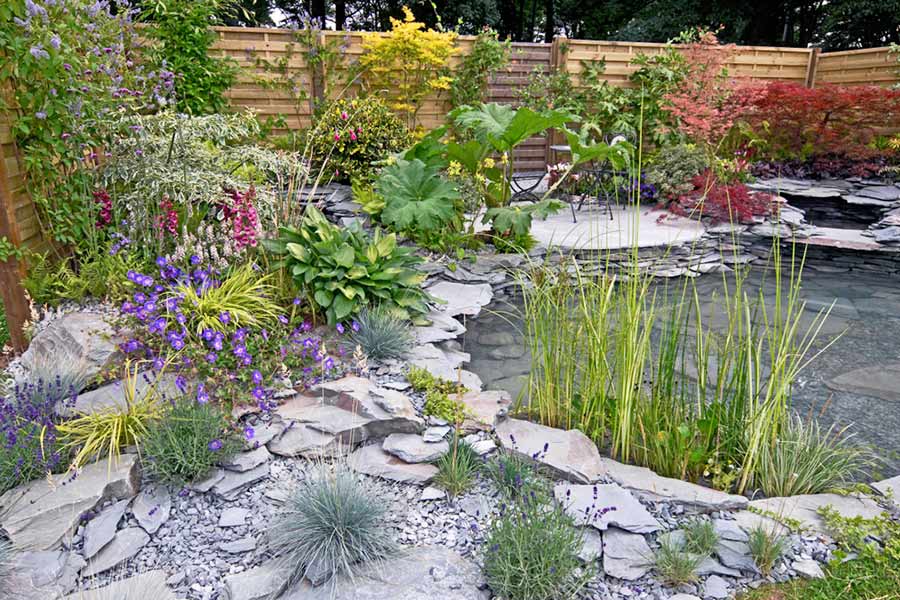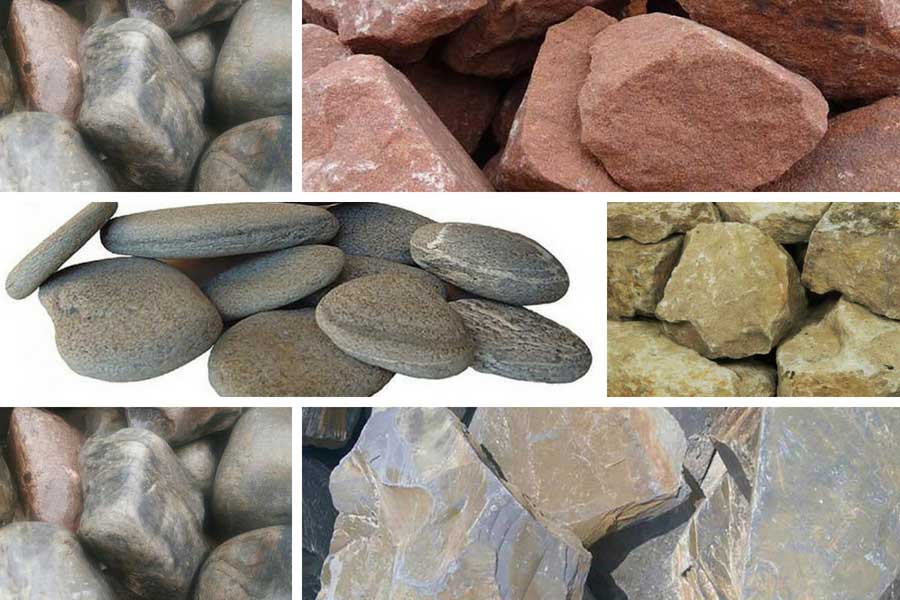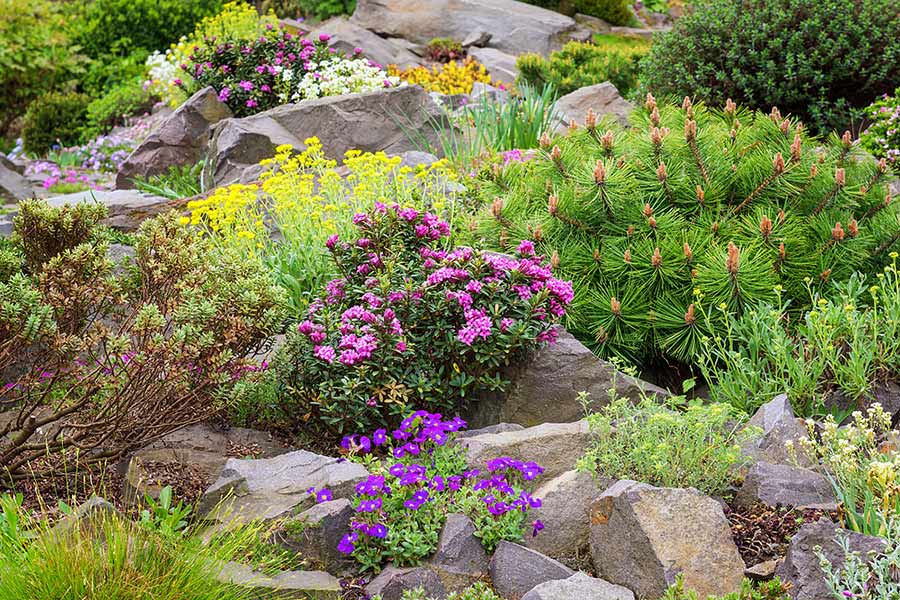A Guide to Buying and Using Rockery Stones
Using rockery stones in the garden is a great way to display plants and create an attractive feature. A highly versatile addition to any outside area, garden stones are available in a wide variety of styles and colours and can be used in many different ways.
At AWBS we have a large selection of rockery stones and landscaping rocks, so here is a simple guide looking at the ways you can use them in your garden and how to choose the best ones for your project.
What can I use rockery stones for?

Having a rock garden opens up a world of opportunities for displaying and nurturing plants, and can provide several different habitats in even a small area. You could arrange your garden stones so that sun-loving plants are facing one way, with shade-tolerant plants nestling in the rocks’ shadows. Whatever size of your garden, you can create a rockery for all kinds of plants – from alpines to smaller shrubs and perennials.
Rockery stones can also be used to create a stunning water feature in any sized garden.
When should I build a rock garden?
The best time to construct a feature with landscaping rocks is autumn or winter, as there’s generally less to do in the garden. If you’re using your rockery for growing plants, then spring is the best time to plant them, as they will have time to establish before winter arrives.
What types of garden rockery stones are there?
There are many kinds of rockery rocks, in a variety of styles and colours and, here at AWBS, we stock a comprehensive range to enhance any outside project. Whether you want to complement your natural landscape or create a stylish contrast, our selection of landscaping rocks offers everything you need for your project. For water or any other decorative feature, our Caledonian Highland Glacial Cobble is a large, smooth and dark cobble; while our Pentland Paddlestone is a flat rounded stone in a gorgeous blue-grey colour. For a beautiful touch, our Red Sandstone Rockery Stone is the perfect choice, as is our Slate Rockery Stone and the fabulous sandy buff of our Cotswold Rockery Stone.

Choosing the best landscaping rocks
It’s always best to choose local stone for a rockery, as it will be in keeping with the natural surroundings. All of our rockery stones are sourced locally, direct from the quarries, to give the best possible quality stone at the best price. Some stone is less suitable and won’t weather as well as others. Hard limestones and sandstones are ideal.
Creating your rockery

While the thought of constructing a rockery may seem daunting, a small area should be relatively straightforward to do yourself. For larger projects, you may wish to enlist in the professional services of the AWBS Landscaping team.
Choose a site that is in an open position, away from overhanging trees or roots, where the sun will be for the most part of the day. Consider the drainage in the space you are choosing too. Then, mark out your area and ensure that it’s free from weeds. Build a base of around 15cm (6in) deep, using course rubble, ballast or shingle. Alternatively, you could use a polythene sheet with holes punched 10cm apart or a permeable landscape fabric. Use a spade to dig hollows to set the stone into, then select larger stones and position these first, for a natural look, then place the remaining rockery rocks around them. Layer the rock garden with a weed-free top soil, such as AWBS Planting Topsoil, burying the stones up to a third of their depth and firming them in place. Leave the areas between the stones unfirmed so you can create planting pockets. Water your plants, while still in the pots, then plant firmly into the compost mix and top dress with gravel or dirt.
Now, you can simply sit back, wait for your plants to grow and enjoy your wonderful rockery feature!
For more advice on choosing the right rockery stones for your project, and to view our extensive range of landscaping rocks, please visit one of our branches in Oxford, Yarnton or Swindon.


